Europe is a great destination for Americans looking to travel internationally for the first time. English is commonly spoken, it’s easy to travel to and between cities and countries, and it offers a beautiful and diverse collection of things to see and do.
The cultural differences between Europe and the US aren’t that drastic, but there are a few differences that Americans traveling to Europe for the first time should be aware of. In this post, we are sharing 10 things Americans should know when traveling to Europe for the first time. We hope this post will help you feel relaxed, aware and prepared when going to Europe for the first time.
10 Things Americans Should Know About Europe
#1: A modest tip is fine.
Europeans think it’s mad that Americans tip servers 15-20%. Though it varies by country, most servers in Europe make a living wage and a generous tip is not expected. A tip of 5% is acceptable, with 10% being more than enough for table service.
If you’re ordering at a counter, you are not expected to tip at all. In London for example, it’s common to order all food and drinks at the bar/register, instead of from a server. In this case, rounding up to the nearest five is perfectly fine.
As a general rule, don’t stress over tipping. Decide in advance what you’re comfortable with and consistently go with that. Whatever you decide to tip will be appreciated and you will not be judged for tipping the “right” amount. If you do choose to tip though, it’s always best to do it in cash and hand it directly to your server instead of leaving it on the table.

#2: Go ahead and flag down your server.
Because servers are not working for tips, the service is not as proactive as it is in the US. Your server isn’t going to tell you jokes or try to be your friend, and he/she isn’t likely going to notice your drink is low and offer you another.
Instead, you should be comfortable flagging down your server anytime you need something. It’s completely fine to grab their attention by raising a hand when they’re passing or catch their eye from across the restaurant when you want another drink or to pay your bill. Knowing this will make your dining experience much more enjoyable.
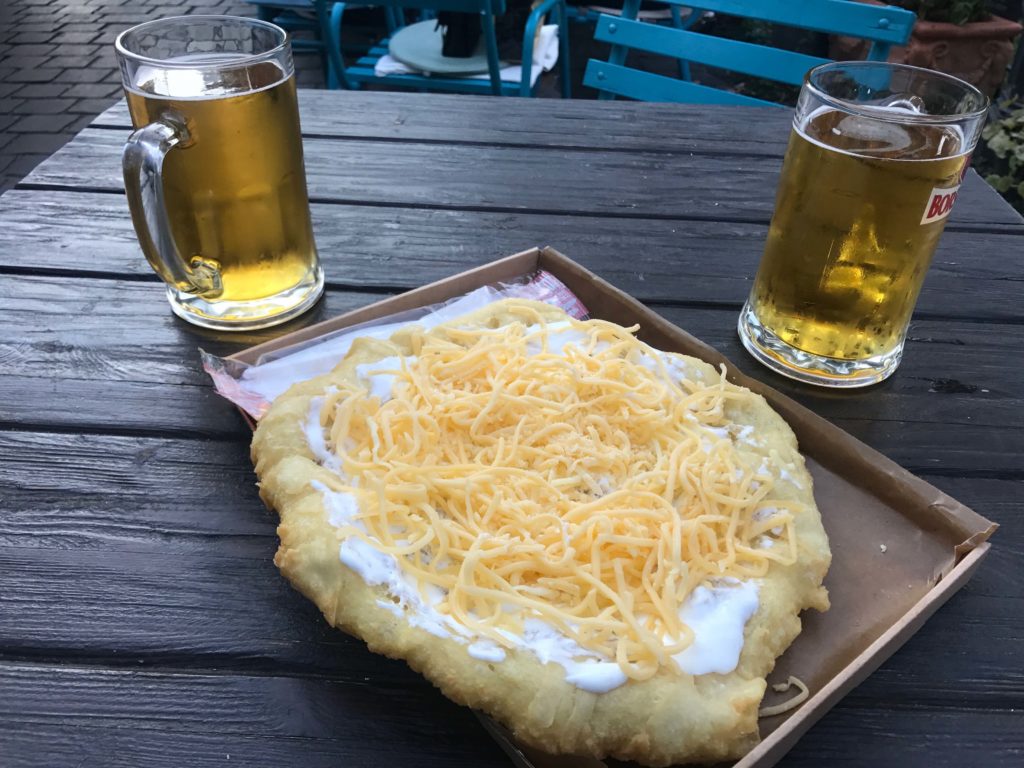
#3: Don’t talk to strangers or take photos with strangers.
There’s really no good reason to talk to strangers anywhere. This is just as true in Europe as it is anywhere, but it’s extra important when you’re out of your element. If someone talks to you on the street, they’re often asking for something — usually your money.
Also, don’t take photos with strangers (read: street performers) unless you’re prepared to tip them. We were recently in Greece and were reminded of a common tactic: the mime. The performer will walk up to you, do a short bit and then pose for a photo. They will then hold out their hat and follow you until you tip them. Whether it’s a mime, someone in traditional local dress, or even a street musician, if you take a photo, they expect a tip.
Another common hustle is for one person to talk to you about something (like directions or a fact about the place you’re at), distracting you just long enough for their partner to take something from you unnoticed.
The same general safety rules apply to Europe as they do in the US and anywhere. Always be aware of the people around you, especially when you face a distraction or are in a crowded space. Just keep your belongings secured on your person and don’t talk to strangers. You’ll be perfectly fine.
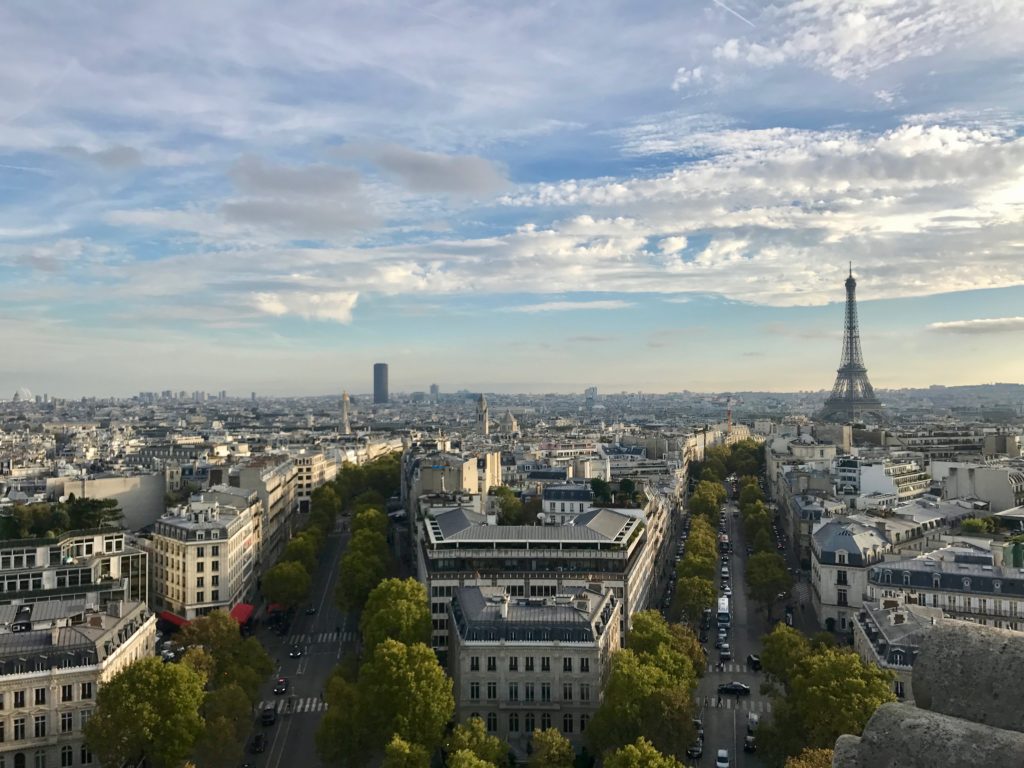
#4: Water is not free.
Very rarely is water offered for free at table service restaurants in Europe. If your server asks if you’d like water, they’re asking if you would like to purchase a bottle of water. The good news is that water is usually very reasonably priced in Europe. You certainly should not hesitate to get the water if you need it, but just don’t be surprised when it pops up on your bill.
It’s also worth noting that tap water in Europe is often potable (but always verify at your specific destination). Bringing your own water bottle and filling it up from water fountains is good for your wallet and the environment!
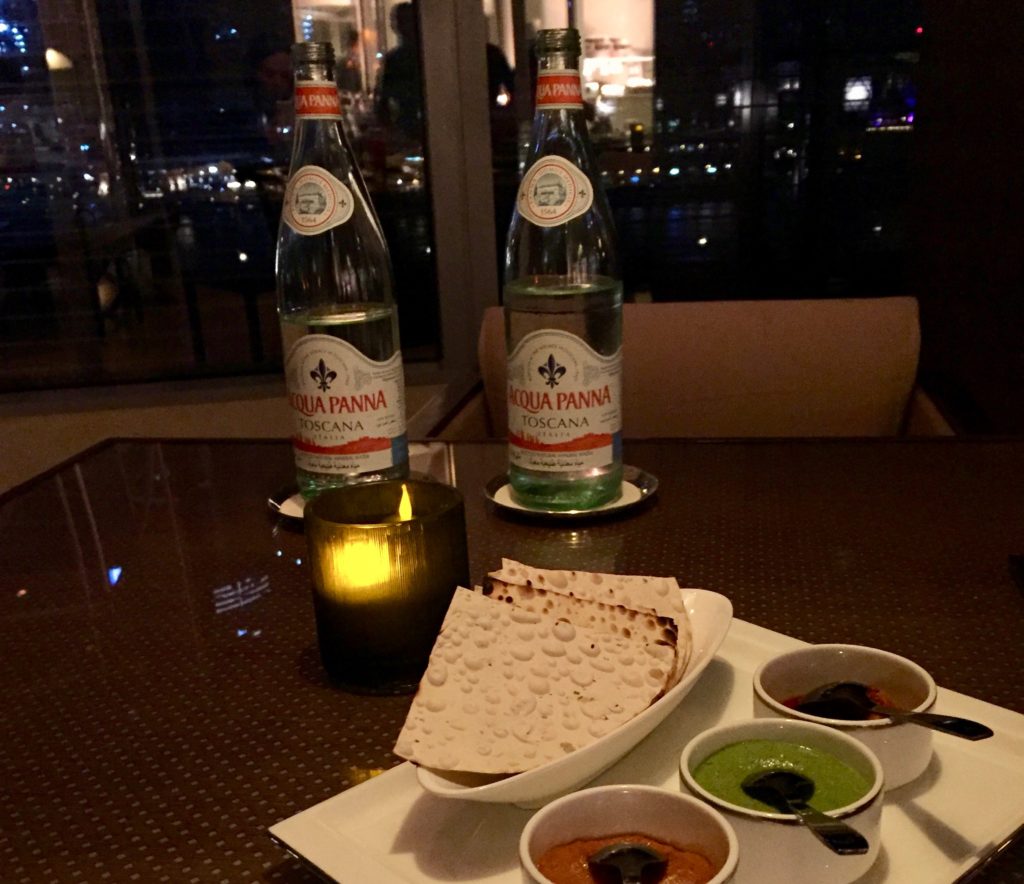
#5: Your “regular coffee” order requires some explanation.
Coffee around the world falls under the category of Same Same, But Different. When you order a “coffee” in America, you’ll get a cup of drip coffee. When you order a “coffee” in Europe, they’ll ask “What kind?”
Drip coffee is not common in Europe and is certainly not the default for “coffee”. If you do find drip coffee, it will probably be at a place like Starbucks and is often referred to as filter coffee. In Europe, nearly all of your coffee options are espresso based.
If you’re looking for American style coffee, a safe pick is an Americano, which is a shot or two of espresso topped with hot water. If you take your coffee with milk or cream, you might see it listed as a cafe au lait, white coffee, or sometimes the closest option will just be a good old fashioned latte (espresso with steamed milk and a little foam). Another popular substitution for your regular coffee is Nescafe (instant coffee), which you’ll find on cafe menus all over Europe.
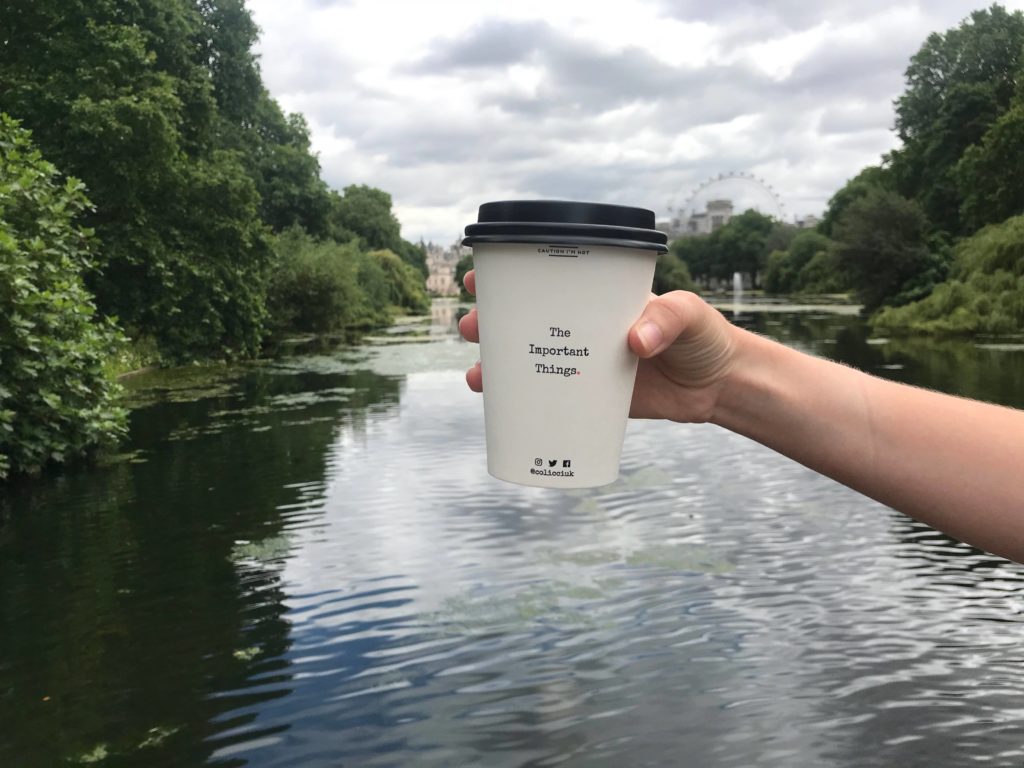
#6: There’s a difference between the EU, Schengen Zone & Eurozone.
Let’s go over some definitions and how they impact you as as a traveler.
- Europe is the continent which refers to a physical grouping of land. It includes 50 countries located roughly east of the Atlantic Ocean, north of Africa, and west of Russia. The continent itself means basically nothing other than geographical reference when telling other Americans about your trip.
- European Union is a political and economic union comprising 28 countries that allows for the free-flow of people, goods and ideas across its boarders, among many other things. This mostly matters for citizens of EU countries. Whether or not you’re traveling in or out of EU countries won’t really impact you as an American tourist.
- Schengen Area is a group of 26 countries (including both EU and non-EU countries) that have abolished passport control between their shared borders. Once you enter the Schengen Area and get your passport stamped, you can travel in and out of any Schengen Area countries without having to go through passport control. You do care about this as a traveler and will want to know whether the countries you’re visiting are in the Schengen Area. As an American tourist, you can spend a max of 90 days in the Schengen zone each calendar year.
- Eurozone refers to 19 EU countries and 7 non-EU countries that use the Euro as a shared currency. You definitely want to know which currency is used in the countries you’re traveling to. Don’t assume just because you’re in Europe that you’ll only be using the Euro.
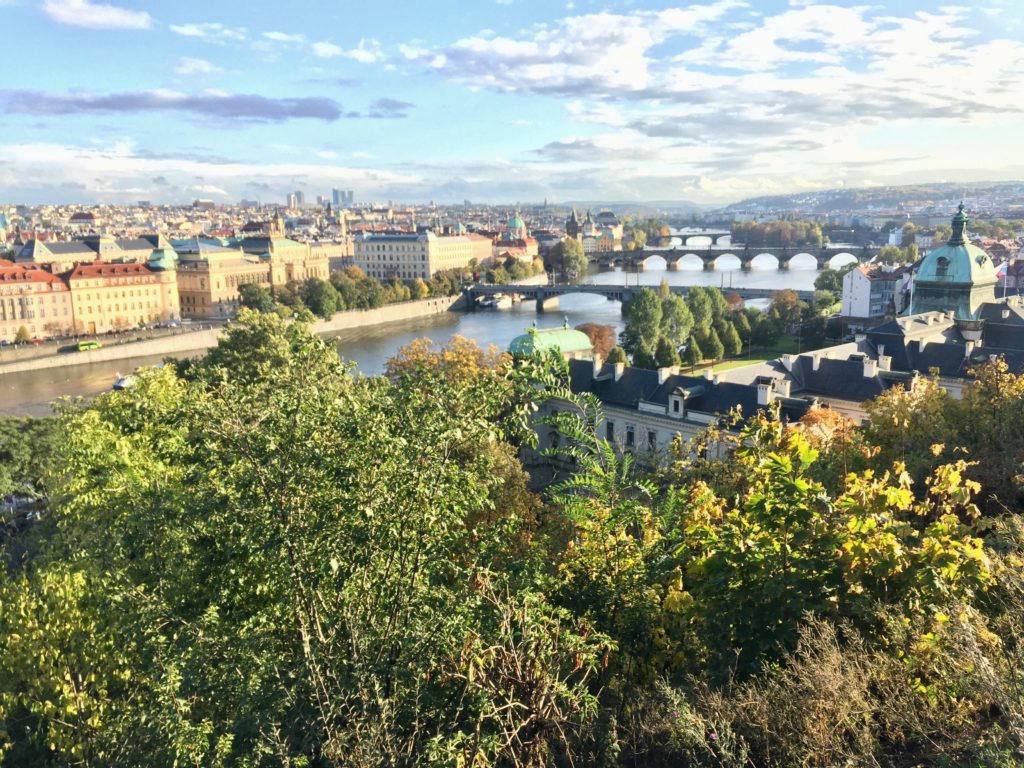
#7: Kebabs are pita wraps, not skewered meats.
In the US, the term “kebab” usually refers to grilled skewers of meats and vegetables. The word “kebab” technically refers to any grilled meat, when you order a kebab in Europe you’re likely going to get something along the lines of what most Americans would call a gyro.
Based on the fillings and the type of meat, it may actually be a gyro or it may be a doner kebab, Shawarma, or any other of the numerous ethnic versions of this dish. Essentially, these are all just different names for meat, sauce and vegetables in a pita. (Says the vegetarian.)
If you’re looking for meat on sticks, look for the full term Shish Kebab or satay.
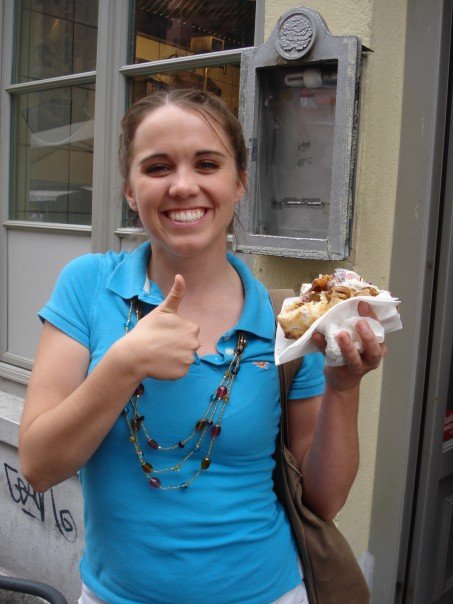
#8: Toilets are just a little bit different.
Most European toilets are dual flush. This means that there are two different buttons or levers that release different amounts of water when flushing. Often the buttons are different sizes. The smaller one releases less water for liquid waste, while the larger releases more water for solid waste.
While we’re talking toilets, take note of any posted signs in the stalls regarding toilet paper. Some countries do not have the plumbing infrastructure to allow for flushing toilet paper. In these countries, you need to throw your used toilet paper in the trash. If this is the case, there will usually be a sign reminding you.
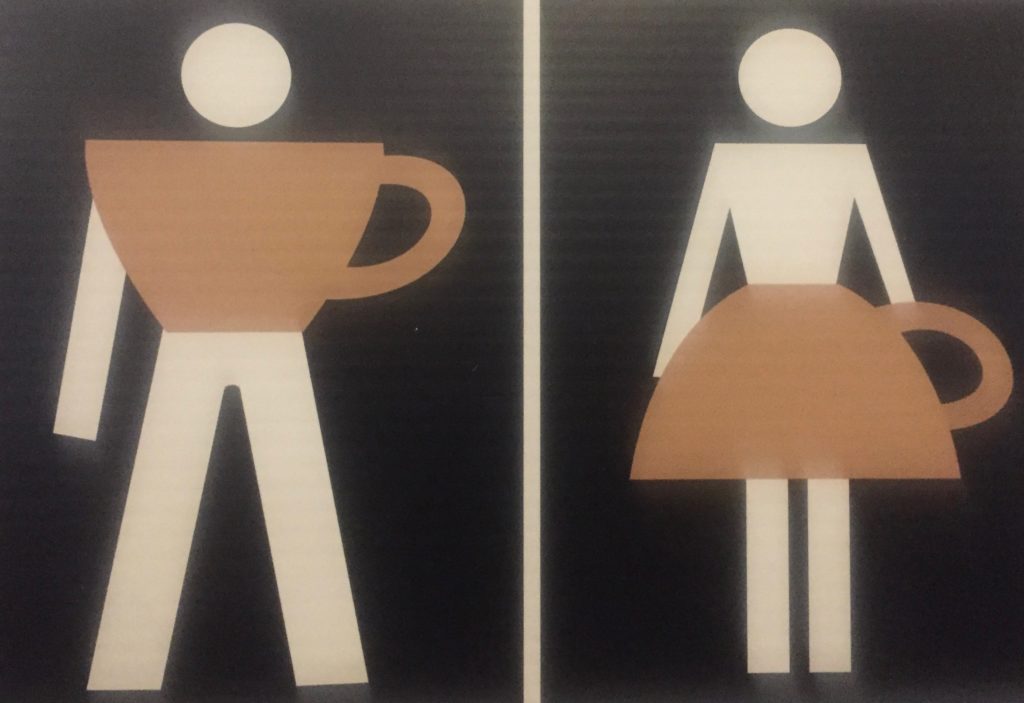
#9: The showers may require some extra work.
Showers in Europe almost always have detachable shower heads. In general, this is great, but some shower heads are always detached. Meaning there isn’t a mount to hold the shower head above you and you will need to hold the shower head the whole time. This isn’t necessarily the “norm”, but it’s a good thing to be prepared for.
The other thing to note about the showers in Europe is that sometimes they have special instructions for the hot water heater. Before you freak out about a cold shower, take a look around and see if there’s a hot water switch.
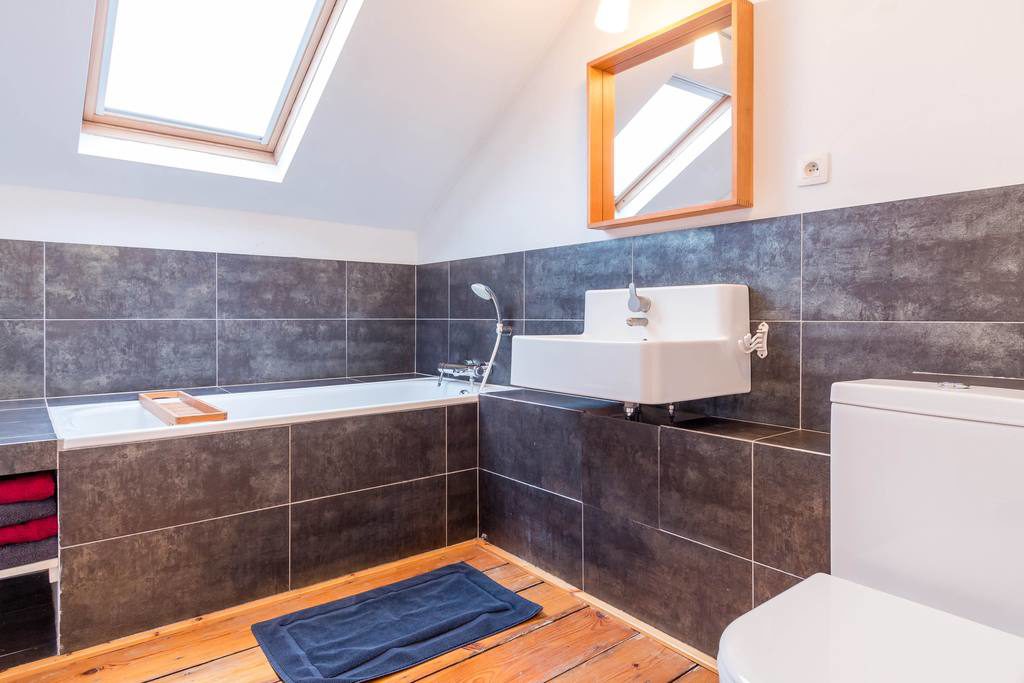
#10: Learn “Please” and “Thank you” in the local language.
English is commonly spoken all over Europe and almost everyone you engage with as a tourist will speak English. In many cases, their English is probably better than yours. While speaking the local language is rarely expected or required, learning “Please” and “Thank you” in the local language is always appreciated. It shows that you’ve made an effort in learning at least something about their culture.
When we first arrived in Europe after three months in South America, we felt guilty not even trying to speak the local language. Eventually we came to realize that English is actually a great bridge between cultures. It’s so cool to see a French speaker and a Mandarin speaker communicating in English as a shared language. Even still, we’ve loved learning to say “Thank You” in the local language everywhere we go.
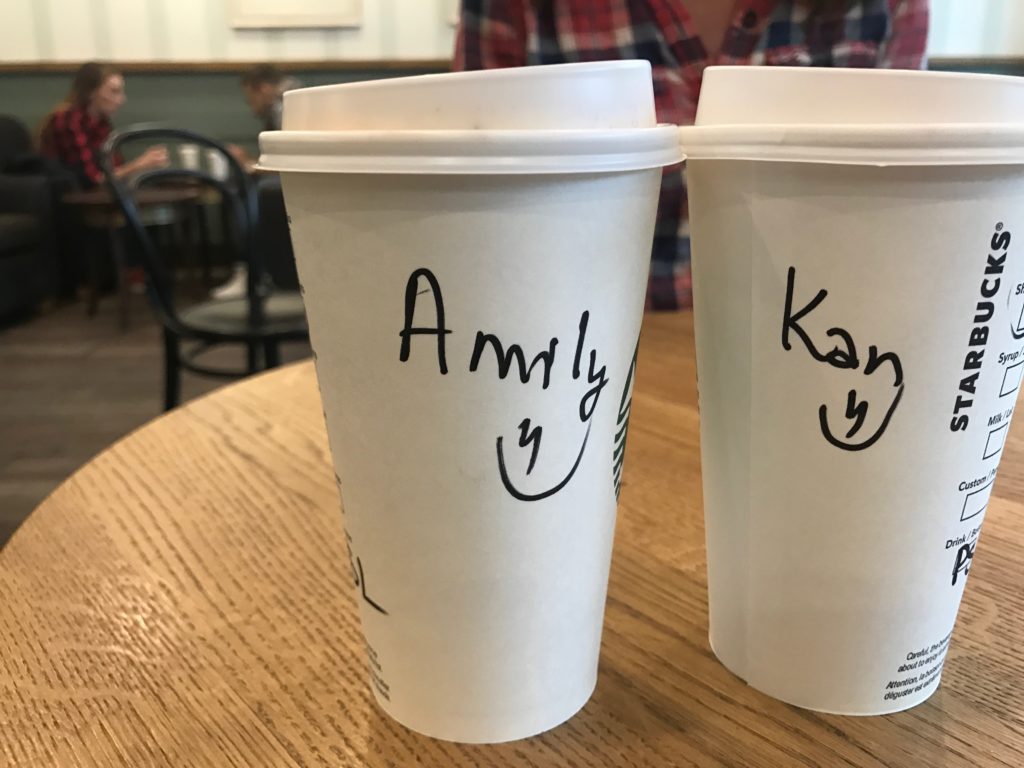
And that’s a wrap! Are you an American who has been to Europe? Share your tips in the comments below.

Adam
Sunday 6th of August 2023
You can definitely get free water in European cafes and restaurants - just ask for tap water. Some places just don’t proactively offer it as they would obviously prefer you to buy bottled water, but noone will be difficult about it.